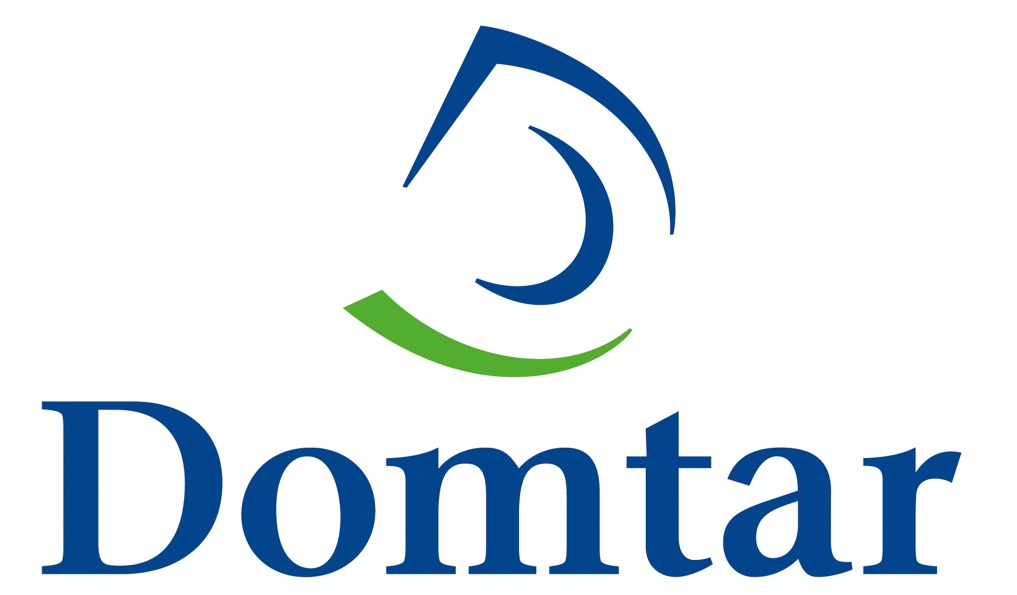Four Reasons Why Americans are Stumped on Sustainability
A recent survey by Domtar and Taylor Nelson Sofres Global found that most Americans care about sustainability but are confused about specifics

“Sustainability” is an increasingly popular buzzword – but to the average consumer, its meaning can be vague. Does it apply to the way people shop? Is it more about the way businesses operate? Does it refer to everyday habits, such as recycling or using energy efficiently? Often, the answer is unclear.
In December 2014, the paper giant, Domtar and market research company, Taylor Nelson Sofres (TNS) Global conducted a national survey, polling a representative sample of 2,500 American adults. The survey indicated that even though respondents care about sustainability on the surface, they are stumped on the specifics. Here are four key areas of confusion:
1. Americans care about the environment – but when it comes to purchasing decisions, they don’t connect the dots. The survey found that Americans are concerned about air pollution (77%), landfill and waste (70%) and deforestation (69%). But despite these relatively high numbers, only 51% of respondents regularly think about the raw materials that are used to make the products they purchase. In other words, people care about the effects but don’t dive deep into the causes or inputs.
2. Americans love the idea of recycling – but many have blue bin confusion. While 83% of respondents recognize the recycling symbol, only 26% are completely sure about which products and materials can actually be put in the bin. This means that good intentions don’t always lead to positive outcomes.
3. Americans want to buy the right items – but they don’t necessarily know how to find them. About half the respondents specifically look for products whose packages have visible symbols indicating they are environmentally sound. However, very few people recognize some of the most meaningful certifying bodies, especially when it comes to the forest products industry. With numerous “eco-labels” signifying sustainability, overall recognition remains low – far below that of well-known marks such as the universal recycling symbol. As a result, consumers may not have all the information they need to choose the most sustainable option.
4. Americans seek out advice about which products are environmentally responsible – but there’s no standout authority to provide the answers. Respondents rely on a variety of sources, ranging from peers to online news sites. Twenty-one percent listen to environmental NGOs; 24% trust companies that have responsible track records; 31% lean on their friends or family members; and 26% believe in third-party certifiers. With all of these competing voices giving potentially different advice, the right decision is often ambiguous.
So what can businesses and other sustainability leaders do to combat this confusion? First and foremost, it’s important to provide readily available educational resources. For example, Domtar houses fact sheets, white papers, and even self-driven modules in its EarthChoice library, which help customers learn more about the full lifecycle of paper. Corporate transparency and partnerships with credible, third-party environmental organizations also provide customers with a higher degree of confidence, so they can be certain they’re doing the right thing.

